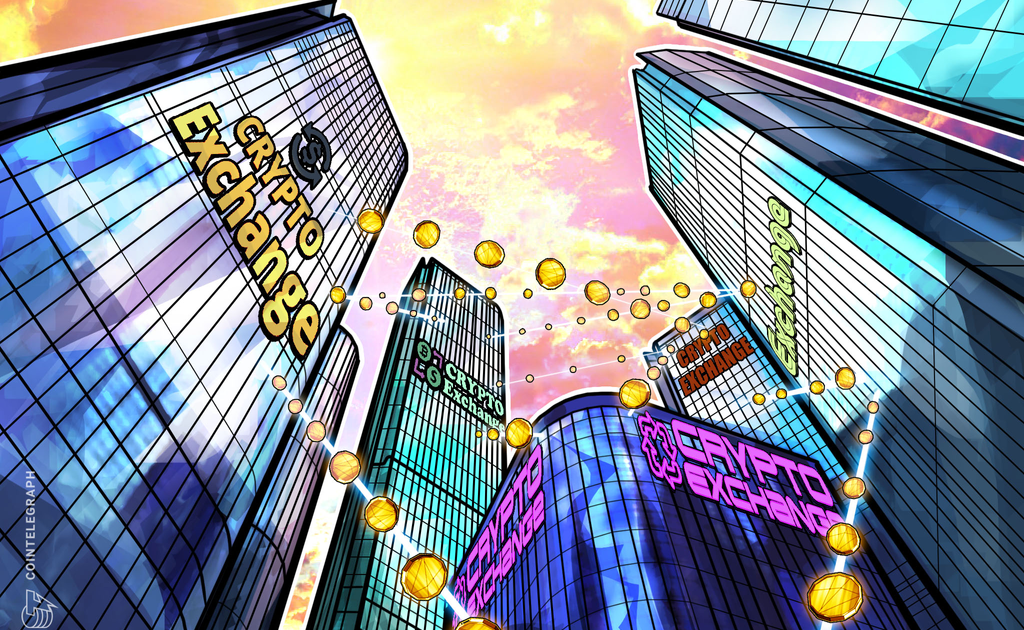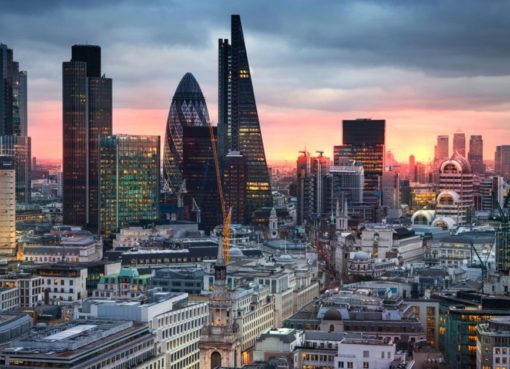2.
Yes — it’s the same concept, but with different assets at play.
There are countless exchanges around the world now offering consumers the chance to purchase crypto. But here’s the thing: There can be significant differences in the prices on offer for digital currencies such as Bitcoin (BTC).
Such inefficiencies normally arise in regions where crypto is in high demand. One of the most oft-quoted examples is the “Kimchi Premium.” Here, local traders in South Korea ended up paying more for Bitcoin in terms of USD than they would have done in the United States, Europe and even other parts of Asia.
Zimbabwe is an African nation ravaged by hyperinflation — meaning that everyday essentials such as food and fuel can become substantially more expensive in a matter of days, even hours. There have even been examples in the past in which locals have been forced to carry entire backpacks of Zimbabwean dollars to buy groceries. In 2017, Bitcoin prices on one local exchange were almost double the prices quoted on international platforms — in part because of how affected consumers couldn’t access exchanges outside of the country.
Bitcoin has also been trading at a premium in Hong Kong amid ongoing political unrest. Back in August, traders were paying 2% more per coin than elsewhere. That same month, there was a 4% premium in Argentina as the peso plummeted following a shocking election result.
Even when extreme economic and political conditions are removed from the equation, the differences in prices between exchanges can create conditions ripe for arbitrage.




